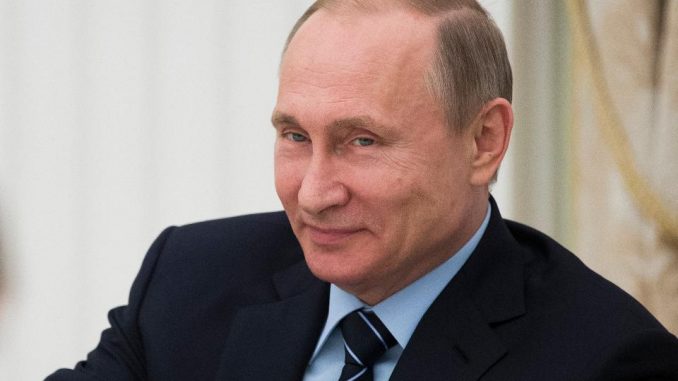
The recent dump of early 1990s documents on the National Security Archives website provides the world with an insider’s glimpse at the events of the period during which the former Soviet Union was collapsing. In February 1990, U.S. President George H. W. Bush and Soviet President Mikhail Gorbachev and their respective representatives negotiated the end of the Cold War and the all-important re-unification of the two Germanys. It was during this negotiation that the issue of NATO was raised, an issue that was of great importance to the Soviet Union since it was NATO that provided the military balance in the region that kept the world’s two greatest military powers from expanding into each other’s territory. The Soviet team was concerned that, once the Soviet Union completely collapsed, NATO would expand into the former Warsaw Pact nations and threaten the stability and existence of Russia. To put this into perspective, one has to keep in mind that during the Second World War, Germany invaded Russia through Poland, Lithuania, Latvia, Romania and Ukraine as shown on this map:
This invasion ultimately resulted in the deaths of at least 25 million Russians including 9.75 million military personnel and threatened the very existence of the Soviet Union. By way of comparison, in the Second World War, the United States lost 418,500 Americans including 416,800 military personnel.
Here is a map showing the extent of the former Soviet Union and the Warsaw Pact in particular in 1955, showing how the Soviet Union has protected its eastern flank:
Here is a map showing the members of the Soviet Union in 1991:
Let’s briefly look at NATO to put everything into perspective. In 1949, NATO was founded by 12 member states; Belgium, Canada, Denmark, France, Iceland, Italy, Luxembourg, the Netherlands, Norway, Portugal, the United Kingdom and the United States. Other than the United States and perhaps the United Kingdom, none of the 12 members would have been considered a world power by the end of World War II. Greece and Turkey joined NATO in 1952, Germany joined in 1955 and Spain joined in 1982. As shown here, under Article 10 of the charter:
“The Parties may, by unanimous agreement, invite any other European State in a position to further the principles of this Treaty and to contribute to the security of the North Atlantic area to accede to this Treaty. Any State so invited may become a Party to the Treaty by depositing its instrument of accession with the Government of the United States of America. The Government of the United States of America will inform each of the Parties of the deposit of each such instrument of accession.”
Here is a map showing the current membership in NATO:
The “new NATO” is now comprised of 29 member states; the Czech Republic, Hungary and Poland joined in 1999, Bulgaria, Estonia, Latvia, Lithuania, Romania, Slovakia and Slovenia joined in 2004, Albania and Croatia joined in 2009 and Montenegro joined in 2017. Currently Bosnia and Herzegovina (formerly part of Yugoslavia), Georgia and Macedonia (also formerly part of Yugoslavia) are potential members.
With that background on the Soviet Union and NATO, let’s look through some of the key documents in the recent release from the National Security Archives that show us how the United States handled the issue of NATO’s expansion into the former territories of the Soviet Union. We will outline the key contents in several of the documents that specifically discuss the expansion of NATO into the Warsaw Pact nations:
1.) Document 1 – U.S. Department of State Cable dated February 1, 1990 – outlines a major policy address by Germany’s Foreign Minister Genscher which outlines his vision of a united Germany and its place in the “new European architecture”. A unified Germany (including Berlin) will remain as a member of the European Community and a member of the western alliance (i.e. NATO); he also states that the U.S. role in ensuring security and stability in Europe is contingent on the continued existence of NATO. Genscher notes that German unification must not lead to an “impairment of Soviet security interests” and that “NATO should rule out an expansion of its territory to the east, i.e. moving it closer to the Soviet Borders.”.
2.) Document 4 – record of conversation between the U.S. Secretary of State James Baker and Soviet Minister of Foreign Affairs Eduard Shevardnadze dated February 9, 1990 regarding the unification of Germany. Here is a comment by James Baker:
Note the comment that “There would, of course, have to be iron-clad guarantees that NATO’s jurisdiction or forces would not move eastward.”. He also notes that one of the biggest dangers of a neutral Germany is that it could become militaristic in the future and that the only solution to security and stability is to ensure that Germany remain in NATO and that United States troops remain within Germany. He also notes the future threat of an aggressive nuclear Germany.
3.) Document 5 – record of conversation between the U.S. Secretary of State James Baker and Soviet President Gorbachev and Minster of Foreign Affairs Eduard Shevardnadze dated February 9, 1990 regarding details of German reunification. Here are the key comments from James Baker:
Again, note that the United States clearly declared to the Soviet Union that NATO would not extend its forces “one inch to the east”. As well, once again, Mr. Baker notes the dangers of a Germany with its own independent nuclear capability; he makes it clear that he’s rather that Germany and the rest of Europe depend on the deterrent power of the United States.
4.) Document 8 – letter from U.S. Secretary of State James Baker and Germany’s Chancellor Helmut Kohl dated February 10, 1990 in which they discuss German unification and an update on Mr. Baker’s meetings in Moscow. Here is the key passage from the letter with “him” referring to Soviet President Gorbachev:
As you can see from these documents and others that I have not included in this posting, in 1990 the leadership of the former Soviet Union felt that they were supplied with ample assurance that NATO would not expand eastward into the Warsaw Pact nations Whether the United States deliberately misled the Soviet Union into believing that this was not its intent all along is up for debate, however, the relative rapidity by which the Czech Republic, Hungary and Poland joined NATO suggests that the American negotiators were quite likely hiding their true agenda. Given Russia’s experience during the Second World War, it is not terribly surprising that the moves by NATO since 1990 are cause for great internal concern. After all, Russia’s national consciousness includes the deaths of millions of its citizens over a relatively short 4 year period during the 1940s.
Click HERE to view more.
You can publish this article on your website as long as you provide a link back to this page.

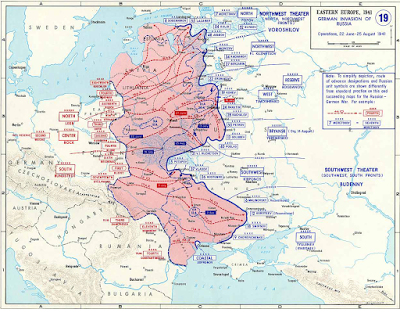
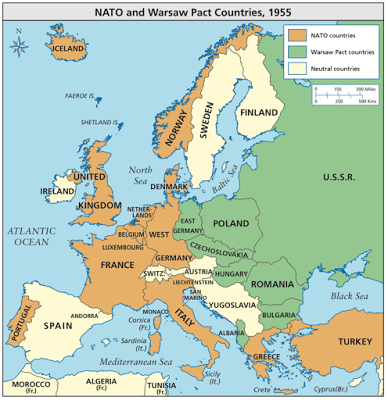
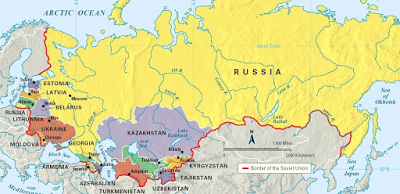
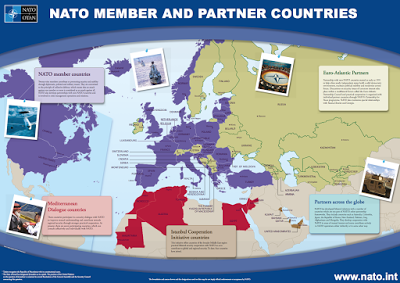
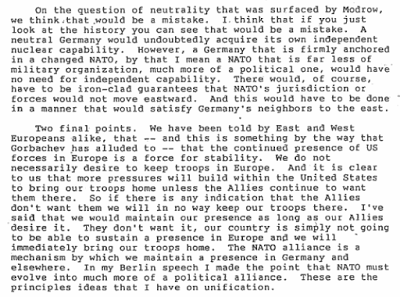

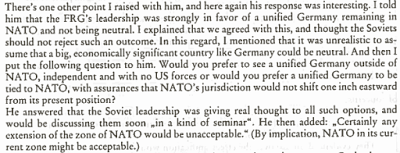
Be the first to comment